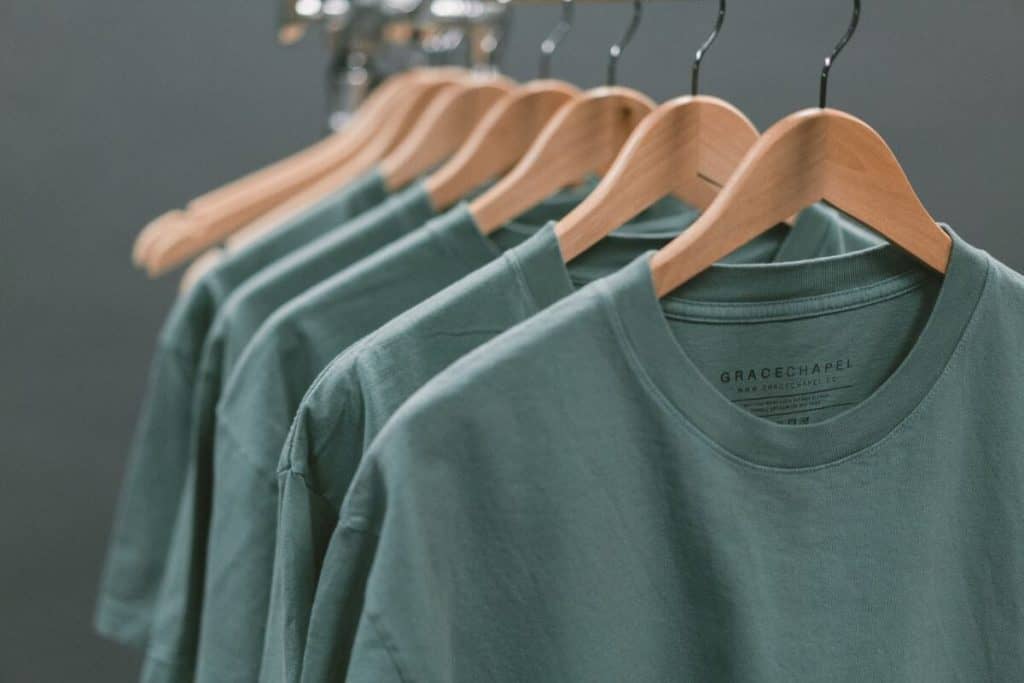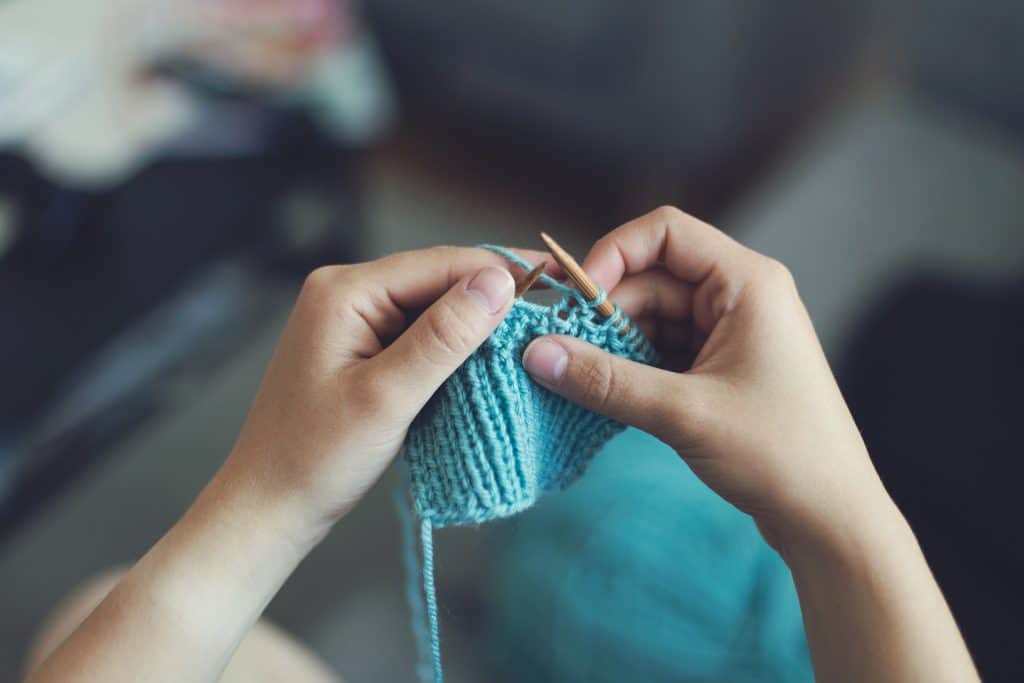Merino wool is one of the strongest, finest and softest materials for things like pants and sweaters. It’s versatile and offers a ton of advantages like being odor resistant, wicking against moisture and it’s resistant to static electricity. Plus, it’s effective throughout the seasons of the year, keeping cool or warm as necessary.
But, merino wool comes from an animal, some people are allergic to it and it can be incredibly expensive. There are plenty of reasons why someone might be looking for different options, and that’s one case where it might be necessary to find an alternative.
While nothing else quite meets merino wool, there are some different but comparable replacements. These Merino Wool alternatives include tencel, modal, ramie, bamboo, hemp, cotton, moleskin, and seersucker.
Best Merino Wool Alternatives
1. Tencel
Also known as Lyocell, Tencel is a type of compressed rayon. It comprises cellulose made from a dissolving plant and wood pulp with a reconstitution through dry jet-wet spinning. Its production doesn’t involve animals and is much less toxic to workers and the environment than producing rayon, which uses a viscose process.
Tencel blends well with other fabrics and provides great moisture-wicking, giving twice as much moisture control over cotton. It’s lightweight and gives a silky, shiny appearance to clothing.
2. Modal
Modal is another rayon type that comes from the pulp of beech trees. It’s a very breathable material, lightweight, elastic, and environmentally friendly. It is semi-synthetic but very durable, flexible, and soft. However, it does tend to be more expensive when compared to merino wool since it classifies as a “luxury” material.
3. Ramie
Ramie is a flowering plant from Asia that produces a strong, fibrous textile for use in a variety of clothing items. Also known as China Grass, it’s been a worldwide favorite in fabric production for over 6,000 years. It’s fairly strong and lasts for decades without wearing down.
In fact, it gets stronger when wet, which means it can hold its shape for long periods without issue. It doesn’t wrinkle easily and provides a silky luster to garments. However, it has to blend with other fabrics, like cotton, to fortify the strength of the fibers.
4. Bamboo
One of the most beneficial and strongest fibers on the market today is bamboo. It not only has stellar moisture-wicking qualities but it’s also very tough and resistant to rough wear-and-tear. It’s comfortable and soft, yet breathable and adaptable to temperature.
It doesn’t have an itchy or uncomfortable sensation either. Bamboo can keep you warm in winter and cool in summer too. It’s resistant to odors and doesn’t lock bacteria within the fibers of the fabric. Bamboo even holds up well in the washing machine.
5. Hemp
The strongest material available in the world is hemp. While it’s not the softest material available, it is very moisture absorbent and breathable. Even though there are many new developments to make hemp more wearable, it will hold up in even the most extreme weather conditions.
A 100% natural and eco-conscious material, hemp is also sustainable and renewable. You can use hemp for a host of textile purposes, not just clothing. Ropes, bags, bed linens, rugs, and towels are all ideal applications for this material.
6. Cotton
Cotton is a long-time favorite among professional sewers and textile experts for centuries. It’s amazingly strong, durable, and can handle rough usage from any activity. It’s hypoallergenic, so cotton is ideal for those with skin sensitivities.
Plus, cotton is fantastic at absorbing moisture and keeping the body cool or warm, as required. Cotton’s gentle nature won’t dry out the skin or induce any reactions. It’s soft, comfortable, and light with the capacity for flexibility.
7. Moleskin
Contrary to popular belief, moleskin fabric does not come from moles. It’s a carded cotton compressed into a very dense and weft-faced satin weave. It has a suede-like finish that comes napped or sheared. This makes it stronger than regular cotton garments with the ability to insulate and be resistant to wind.
But, it’s not good for summertime use as it isn’t nearly as breathable as merino wool or other materials mentioned above. Having said all that, it really is the closest thing to mimicking the effects of what merino wool can do in the wintertime.
8. Seersucker
Another tight, thick cotton weave is seersucker. This is best for summertime temperatures and warmer climates. Many different articles of clothing comprise it such as robes, shorts, and shirts. It’s very breathable, lightweight, and offers an elegant appearance that many people enjoy.
The weaving of seersucker gives it a wrinkled look, but this feature helps hold it away from the skin. This helps with air circulation and to dissipate any heat accumulation.
Conclusion
Merino wool is a fine fabric excellent for many items of clothing. But, for vegans, those with allergies, or the eco-conscious, then try the suggestions mentioned above to see if any of the alternative options better suit your purposes.




